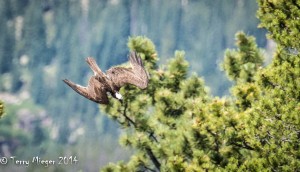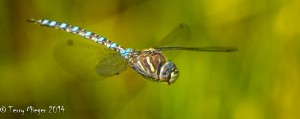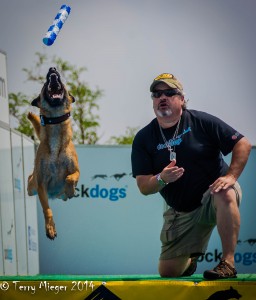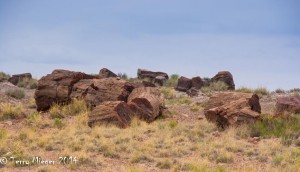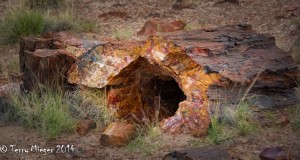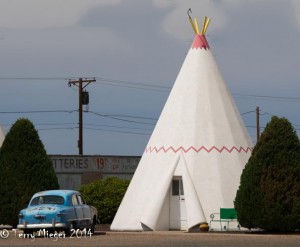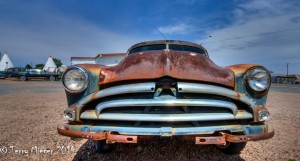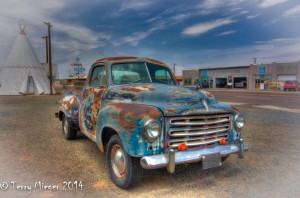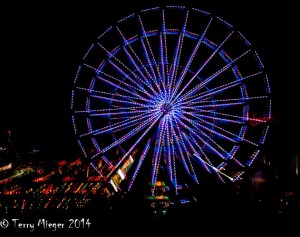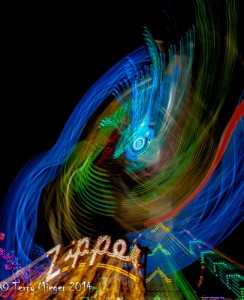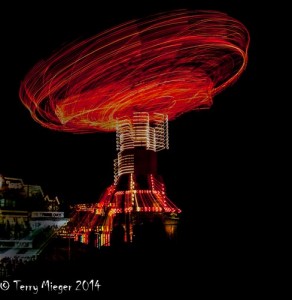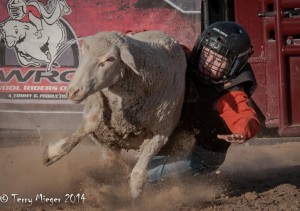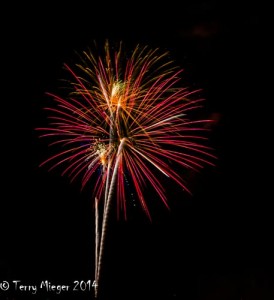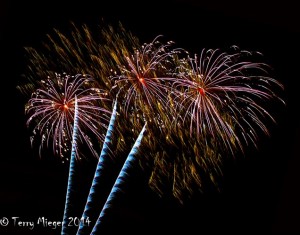Images from the Id – Watch your Ps and Qs or what does that manual really say?
After a pretty miserable start, we arrived at Rocky Mountain National Park much too late for anything to happen or even be encouraging in terms of photography. You need to remember, sometimes getting going early in the morning is just not in the cards and after too long of a breakfast at local truck stop, we finally arrived. Part of the reason for the trip was to check out the damage from last September’s floods. Both the Alluvial Fan/Indovalley and Fall River Road were basically wiped out. They are to re-open in about a year and the great fall colors of the area will be missed this fall. On the high side, after 3 years the Bear Lake Road was completely open and we had been earlier we could have driven to the lake but were not the mood for the shuttle. Why did we go up on a Sunday?
As expected not much going on, way to late for any self respecting wildlife, and even landscapes are bad in this light. My shooting became an exercise in getting images for a presentation I am giving. That was pretty much crap because of being too lazy to carry the tripod. Or was it just forgetfulness that I would need it?
Sprague Lake is a favorite for landscapes of Hahn’s Peak and surprises. Just call me quick draw. I was shooting some “nice” scenes of a couple of fly fisherman and above appeared an Osprey. The good news was the 80 mm to 440 mm lens was on the camera, the bad news; the camera was not prepared for shooting the bird, especially in a dive. Solution is all based in experience and knowing your camera. Did you read that manual?
The Camera menu settings take too long to do that fast so… have the focus lock on the back button for all of your photography NOT on the half pressed shutter button. This takes a while to get used to, fro me a couple of hundred shots, but do it! You can use the on-camera settings (if you have them) with that setup, use continuous servo (in your manual) and 3d focus metering. Exposure metering should be “spot” and the shutter should lock it (these may not work for you so experiment) Have the ISO easily changed. I have mine adjustable on one of the top control wheels, Know how to change the frames per second quickly.
So there’s the bird, within seconds I have the ISO, frame rate, and metering reset. Just practice and take a lot of photographs for re-enforcement.
Results: The camera basically locks on for the first shot and follows the action. As the bird got to the trees the camera tried to follow the trees 8-( Back to the manual. Hum, if I slow down the tracking lock on it should not lose the bird so quickly. I always learn something.
The settings for all of these are basically the same
Iso 800, 400 mm/ 600mm, 0EV, metering was Pattern (not spot), 1/6000 sec, f/5.6





